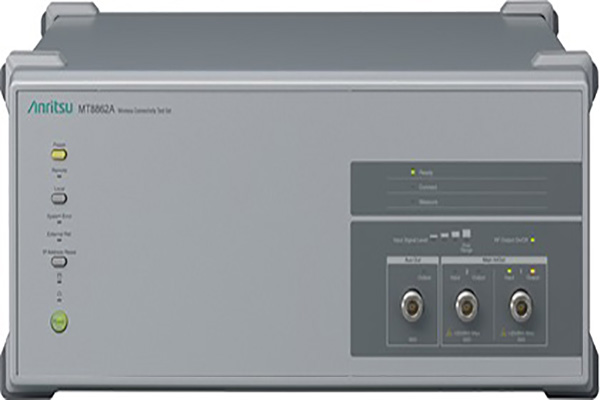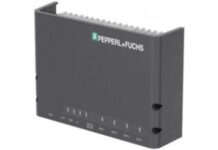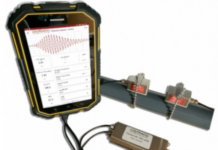Anritsu Corporation introduces the new option that supports the latest WLAN standard of Wi-Fi 7 (IEEE 802.11be) for its Wireless Connectivity Test Set MT8862A. With this new capability, the MT8862A supports to evaluate Wi-Fi 7 signal quality with the Network Mode*1.
The IEEE802.11be (Wi-Fi 7) wireless communication standard being developed by the Institute of Electrical and Electronics Engineers is the successor to the IEEE802.11ax*2 (Wi-Fi 6/6E) WLAN standard. The new standard is proposed to achieve a transmission speed of 30 Gbps or more, which is much faster than Wi-Fi 6/6E. In addition to extending conventional technologies, including 4096 QAM, 320 MHz channel bandwidth, and Multi-RU, it also adopts new technologies such as Multi-Link Operation*3 (MLO) enabling a device to simultaneously send and receive data across different frequency bands and channels.
By releasing this option, Anritsu helps to improve the signal quality of Wi-Fi 7 devices.
Development Background
Wi-Fi 7 standard development is scheduled to be completed in 2024 and is expected to be used for devices that support the latest applications and services, such as ultra-high-definition video streaming and AR/VR, etc. Devices using chips based on the draft standard of Wi-Fi 7 have already appeared and there is rapidly increasing demand for test instrument to evaluate Wi-Fi 7 devices.
Product Summary and Features
● Wi-Fi 7 RF Evaluation Capability with Network Mode
Because WLAN signal quality characteristics vary with each data rate, per-data-rate signal evaluation is very important. The MT8862A enables RF evaluation at all data rates of the major WLAN standards including Wi-Fi 7 by the per-data-rate signal control technology.
● Flexible Test Environment
Provides a test environment for evaluating RF TRX characteristics (TX power, modulation accuracy, RX sensitivity, etc.) of WLAN devices including Wi-Fi 7.
Technical Terms
*1 Network Mode
The Network Mode emulates real-world operation to evaluate RF characteristics. It uses the data link layer communication protocol implemented in both the chip and the tester to establish communication. In addition to evaluating RF characteristics using conducted tests, the Network Mode is especially useful for Over-The-Air (OTA) wireless performance testing – including antenna characteristics – of finished products.
*2 IEEE 802.11ax
Wireless LAN standard defined by IEEE supporting theoretical maximum speeds up to 9.61 Gbps.
*3 Multi-link Operation (MLO)
Technology enabling one device to simultaneously send and receive data across different frequency bands and channels.















